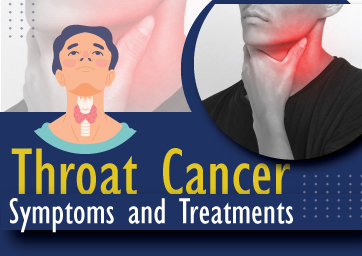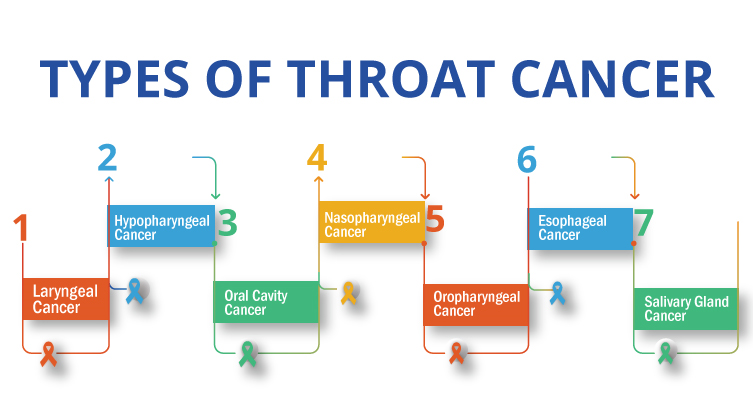There is no known way to stop throat cancer at this time. However, you can take the following steps to lessen your risk of throat cancer:
● Don't start smoking or stop smoking
Avoid smoking and chewing tobacco products. Tobacco has nicotine, which is highly addictive; it is also carcinogenic. Chewing tobacco is even worse than smoking cigarettes.
● If you do consume alcohol, do it sparingly
Alcohol increases the risk of cancers in the mouth, pharynx, larynx, esophagus, stomach, and liver. If you choose to drink, use it sparingly. That means that healthy adults can have up to one drink per day.
● Pick a balanced diet rich in fruits and vegetables
Eat lots of fruits and vegetables. Fruit and vegetables contain antioxidants that help keep your immune system strong. Antioxidants protect against free radical cell damage. Free radicals cause inflammation and may contribute to certain types of cancers.
● Protect yourself from HPV
HPV, a sexually transmitted infection, is suspected to be the root cause of several throat malignancies. Limiting the number of people you have intercourse with and using a condom each time can lower your risk of contracting HPV. The HPV vaccine, which may lower the risk of throat cancer and other HPV-related cancers, is something you should discuss with your doctor.



 Contact Us
Contact Us







 Hospitals
Hospitals
 Doctors
Doctors
 Diagnostic
Diagnostic
 Pharmacy
Pharmacy
 Health Tips
Health Tips
 Blog
Blog



























Comments